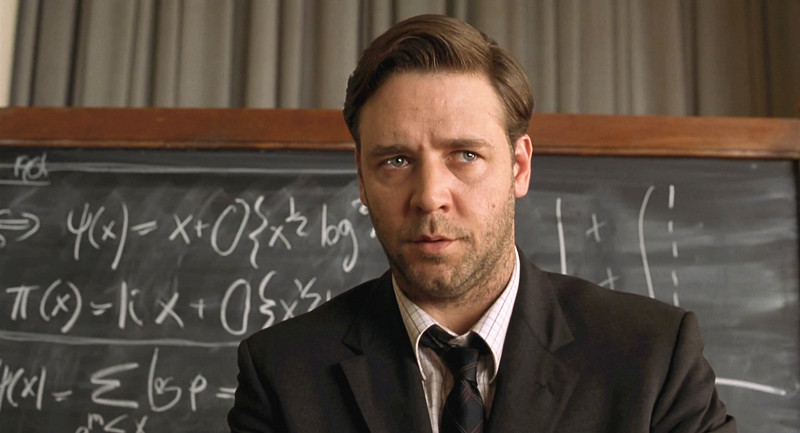
Before we know it, the 2018 Oscars will be here. Many of the Best Picture nominees can be predicted if you are familiar enough with the annual formula. You see which films have done well in all sorts of other awards ceremonies. You take notice of which films have the current push (promotion and success before the big night are major factors when it comes to swaying votes).
At the end of the day, you can definitely consider the Oscars to be extremely formulaic. It is so specifically structured that you can even pinpoint the exact types of films that would do well at this ceremony (and with most mainstream ceremonies, if anything).
However, this does not mean that these films are actually the best of their year. A term that is often tossed around is “Oscar bait” (films made specifically to do well at the Oscars), and you can definitely label the criteria below as being just that. While not every film that has ever won was made specifically to bait Oscar voters, it is impossible to not notice ongoing trends when you really look at these past winners.
As both a cinephile and a student who is obsessed with overanalyzing all things film, I am fully aware that the Oscars are not the be-all end-all when it comes to the best films of all time (in fact, the eventual winners of the top prize are often wrong and are only sometimes right). However, it is always a pleasure to investigate all things that surround the medium (even the obviously biased).
Here are 10 types of films that are the most likely to win Best Picture at the Oscars.
1. Underdog Stories
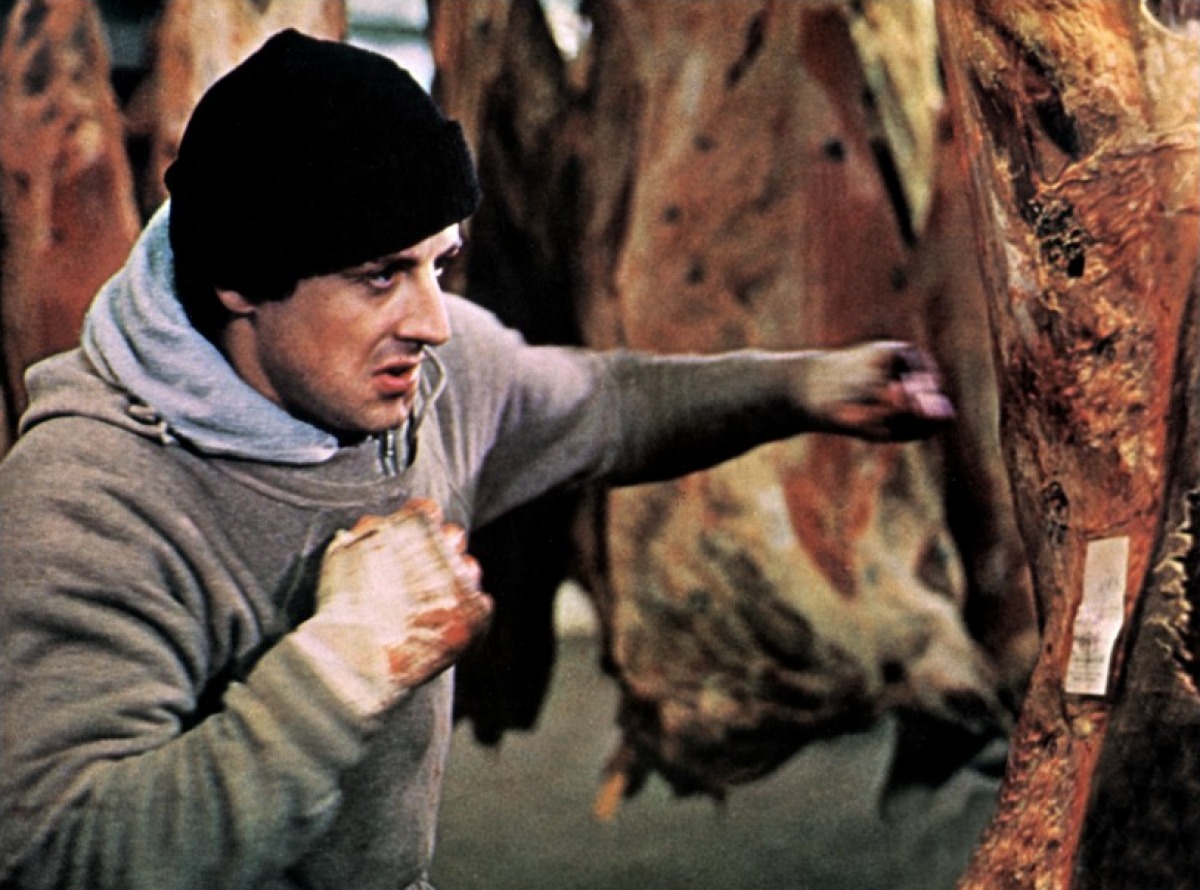
Examples: Rocky, Slumdog Millionaire, You Can’t Take it With You, Marty, My Fair Lady, Gladiator
This notion of the weaker individual overcoming great odds is a relatable tale that is not only brought up in cinema time and time again, but is also a part of our everyday lives. We all strive to be understood, especially when it comes to our unrelenting superiors. Perhaps this is why it feels so good to see an everyday person succeed and being loved.
“Rocky” was not just a film about an underdog (Rocky Balboa himself, an amateur boxer that does everything he can to make a name for himself), but the film itself was a disheveled, unpolished piece that won against the likes of cinematic gems like “Network,” “Taxi Driver,” and “All the President’s Men.” The film was a sleeper hit, and it was joined in a similar ranking by another eventual Best Picture winner, “Slumdog Millionaire.” People know who Danny Boyle is, but his film about a poor Mumbai boy earning his riches after a life of struggle also slowly took the world by storm (especially through the festival circuit).
With films like “You Can’t Take it With You” and “My Fair Lady,” things are a little bit different, as we witness people being identified as equals instead of either inferior or superior; there is no contest once the points have been made. The feeling of being understood is another redeeming one, because a trivia game or boxing match do not have to be won in order to be appreciated.
Sure, Eliza Doolittle transformed into a prim person through the help (or lack thereof) of the sexist, condescending Henry Higgins, but it sure feels good when he is finally trailing after her for accompaniment. Because these films do well with the audiences that cherish them enough to re-watch them over and over, they can get enough momentum to claim the top prize.
2. Production-based achievements
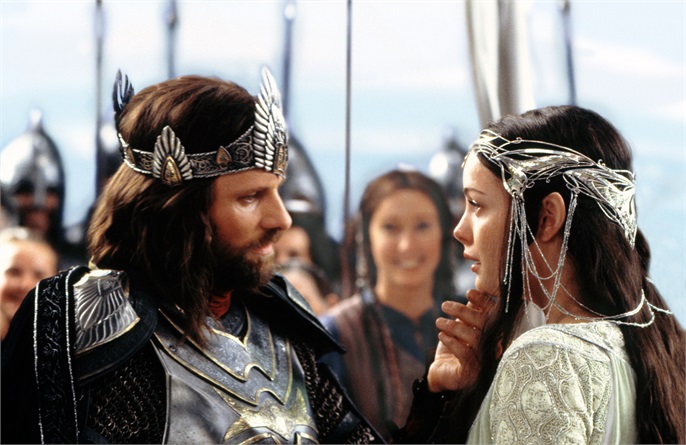
Examples: Titanic, Gone With the Wind, Lord of the Rings: The Return of the King, Wings, Around the World in 80 Days, Lawrence of Arabia, The Bridge on the RIver Kwai, Ben Hur
If you do a quick crash course on cinema, chances are you will stumble across how films have been considered a spectacle ever since the dawn of motion pictures. Sure, movies have evolved into a different beast now, where you can appreciate story-driven tales or artistic pieces without the special effects and productions to take on the world. If anything, the well-known Dogme 95 Manifesto celebrates the ability of creating a work of art with as little as possible (to focus the film on acting and story structure more than aesthetics and effects; see “Dogville” for a popular example).
However, Tom Gunning’s well-studied principle “the cinema of attractions” is also often brought up. This notion basically states that the filmmaker takes advantage of film as a visual medium by making a picture that allows the audience to get lost within the worlds inside. George Méliès’ illusionary works did just that over a hundred years ago.
Now, large productions are our equivalent of this idea. We see large special effects around us, sets falling apart, massive explosions, and post-production wonders (usually well-timed editing, and glorious sound mixing and editing to boot). The three films with the most amounts of Oscar wins (11 for each of these films) are “Ben-Hur,” “Titanic” and “The Lord of the Rings: The Return of the King.” These are all gargantuan pictures that all last over three hours each, cost record numbers in budgets, and reaped in record numbers in profits.
They are dazzling works, because they win audiences over in a whole series of ways outside of just storytelling. With a slew of wins and nominations in technical departments, they are almost guaranteed a shot at being nominated for Best Picture (and, depending on the year, actually winning), because a film with so much attention toward its core usually is not ignored as a whole.
3. War Epics
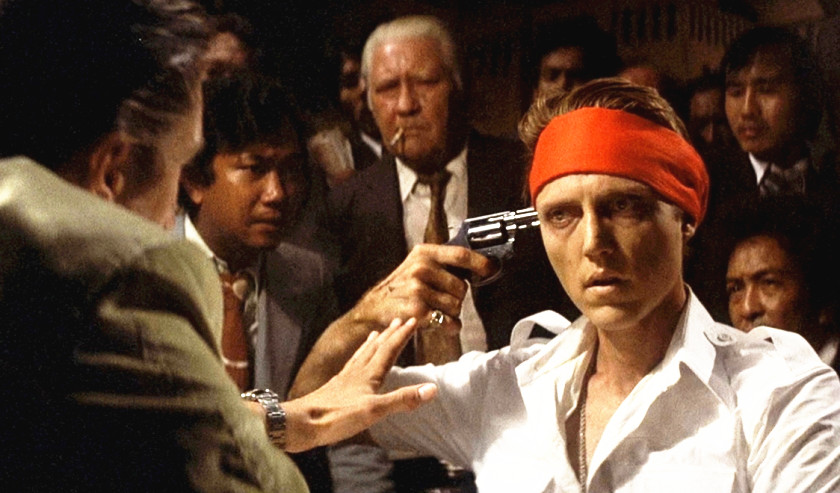
Examples: All Quiet on the Western Front, Patton, Braveheart, Platoon, The Hurt Locker, The Deer Hunter
There’s nothing like a good war picture, because the basic formula almost guarantees some sort of success. As an antithesis, horror films almost never do well at the Oscars (even when they are good in some way), because the structure of these films (simple story, slowly increasing dread, shocking payoffs) does not sit well with these kinds of audiences.
However, war pictures (unless they are absolute rubbish) seem to be a go-to style that wins the festival and awards season crowds over easily. This could be due to the cinema of attractions idea that you are engulfed by whichever war you are watching on film, and it is as if you are actually there. This in turn causes an awareness of the film, and even a connection that usually cannot be shaken off (when the film succeeds). You usually have a candid and personal story attached to films of this nature as well.
“All Quiet on the Western Front” (the first war epic to win) featured young boys who were disillusioned with what would become of them once they went to war, and you face the bleak realities they suffer at the same time they do. With “Patton,” you see things from an authoritative standpoint, and you can see that it is difficult to have such levels of power with millions of lives on the line (where being ruthless is either a blessing or a curse).
“The Deer Hunter” takes the story back home, where you see the promise before the war, and the shattered pieces that remain once the soldiers are back from their service. You can tell a similar tale (war can get the better of you) again and again in so many different ways (how is the endangerment of one’s own people in “The Hurt Locker” both similar and different to the ways in “Platoon”? It’s something to definitely think about), and you will still win people over (even “American Sniper,” an absolutely awful excuse of a film, was even nominated).
4. Historical Films with Commentary
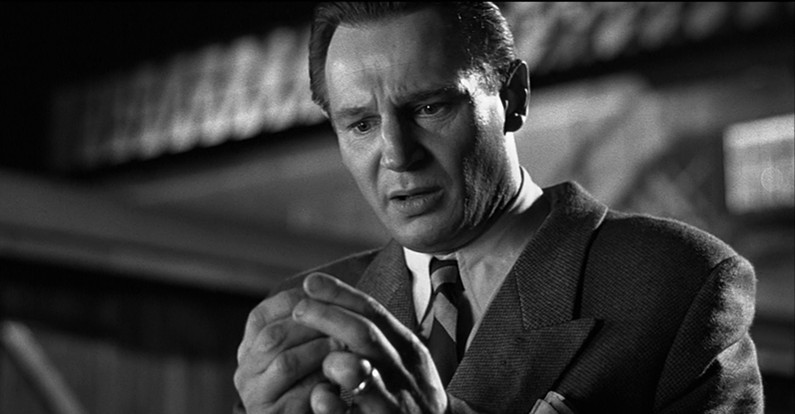
Examples: 12 Years a Slave, Gandhi, Schindler’s List, A Man for All Seasons, Driving Miss Daisy, How Green was My Valley
We now arrive at the kinds of films that have something to say about yesteryear. These films work because they usually get audiences on the same page as the filmmakers. When social crises happen, there is much confusion and hysteria. After the dust has been settled, we can look back and see events in a whole different way, either more clearly or with even more perplexity.
Either way, we have a new perspective of the past (whether we personally lived through it ourselves or not) whenever we get far enough away from it. This is due to the way times change (whether for better or for worse; in the case of these films, it’s usually [hopefully] for the better).
With the topic of racial inequality sadly still being prevalent, we can still see a film like “12 Years a Slave” as a sign of two things: how far society has come, and how far society still has to go. We can admire the sacrifices Mahatma Gandhi put himself through now that we know he had some sort of success (whereas his methods were much more controversial at the time).
Even a film as tame as “Driving Miss Daisy” (which takes place over many years) shows this very point: times change, and people may change with them if they so will to improve. These kinds of films usually open up conversations, either through a smaller lens (“How Green was My Valley” depicts a family’s point of view when it comes to blue collared labour) or through an epic depiction (“Schindler’s List” focuses on as many Schindler Jews as possible, while also showing Oskar Schindler’s relation to his workers, staff, and other members of the Nazi party).
A number of these films are usually difficult to digest, but the majority of them result in audiences being moved to tears. These kinds of films usually make grand statements, and those are usually difficult to ignore when they are done right.
5. Current Social Commentary-based Films
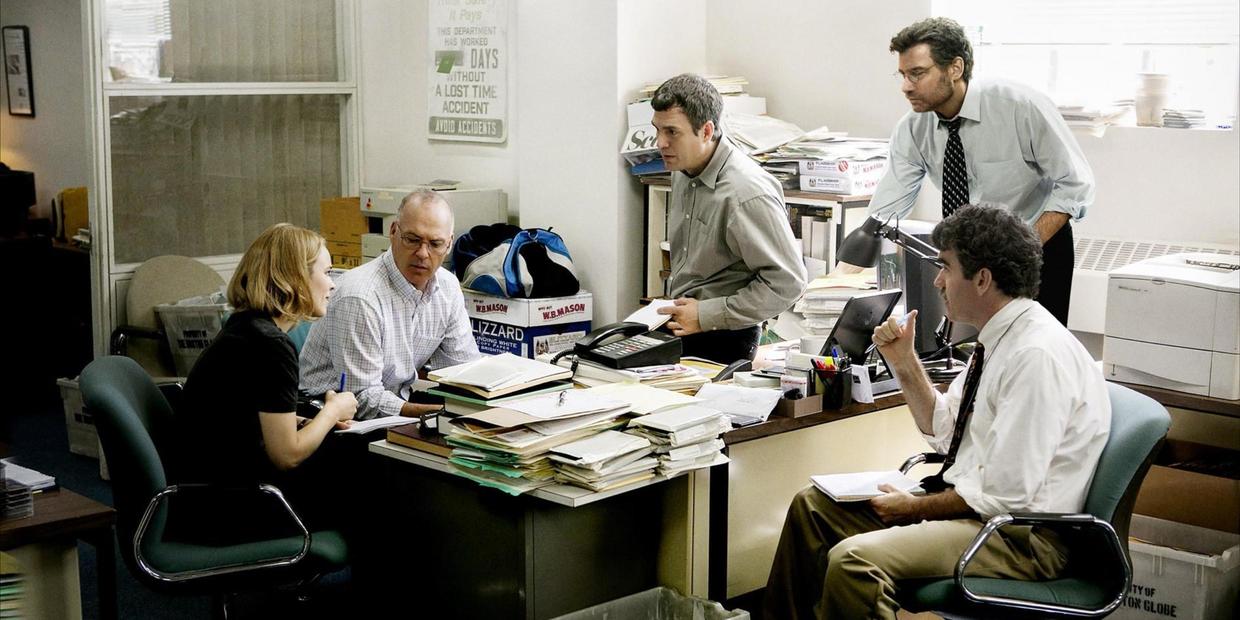
Examples: Gentleman’s Agreement, Spotlight, Moonlight, Crash, On the Waterfront, Mrs. Miniver
This observation is similar to the historical films with commentary, because both sections depict issues that may still be going on currently. However, these next batch of films focus more on the issues that were currently going on at that very same time as well. This could either be issues that happened in modern day (“Crash” tries to tackle social awareness and injustices in the present day), or shortly before the film was made in an ongoing battle (“Spotlight” takes place a decade before its release, yet the actual investigations are still ongoing in similar ways).
These films can be considered eye-opening if you are seeing these situations being told in a way you may not be familiar with (“Mrs. Miniver” showcased a family’s trying times during World War II, while the actual war was still going on). These films can also shed perspective on these matters, because the characters within these stories realize their changes of heart (in “Gentleman’s Agreement,” Philip Green learns what levels of bigotry Jewish-Americans have to endure as he poses as a newly converted Jew for a journalistic investigation).
Do these films allow audiences to think about the kinds of problems they are currently facing? Perhaps. A major Best Picture contender (for nomination, not for the actual award) is 2017’s “Three Billboards Outside Ebbing, Missouri,” which similarly tackles inequities within authoritative departments, when a mother challenges the local police department when the murderer and rapist who cost her daughter’s life still had not been found.
Martin McDonagh’s dark comedy-drama was championed for its lack of bias, its raising of difficult questions, and its confrontation of pressing issues. When these kinds of films are made right, they can leave a lasting impression on both the current state of filmmaking, and a voice on a certain topic that has now joined in on the discussion. As long as the opinions expressed are logical, fair, intriguing and, most of all, open-minded, then they definitely have a place with audiences.